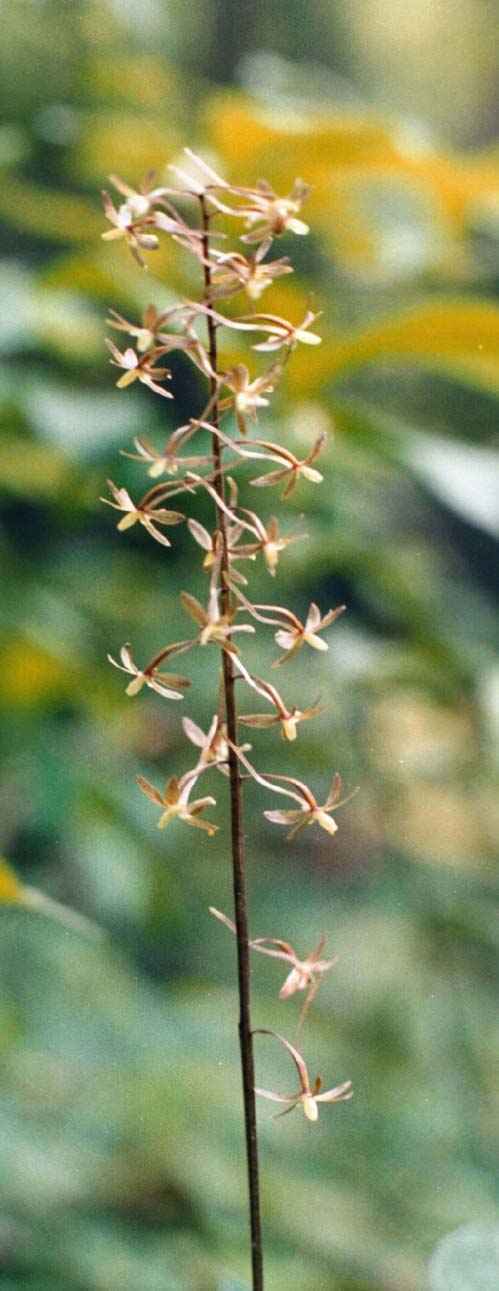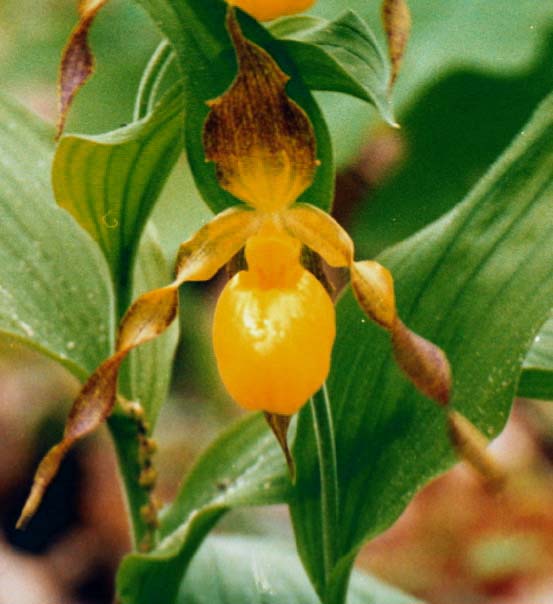| Gene discovery in Cypripedium parviflorum var. pubescens | ||
The interaction of orchids with fungi is unique in the plant kingdom and could serve as a model for plant-fungal interactions. The fact that some orchids can form a mycorrhizal association with known pathogens suggests that orchids are able to overcome or subvert (to a degree) fungal virulence. Also, orchids are mycotrophic at seed germination suggesting that the orchid has complete control over the fungus and is itself acting as a parasite. By uncovering the molecular basis of the orchid fungal interaction, it will be possible to gain insight into how the orchid mycorrhizal association differs from other plant-fungal interactions and thus provide new avenues of research in plant fungal relations.
Since the orchid mycorrhizal association makes for difficulty in propagation of some native orchids, an understanding of the interaction will allow for more focused efforts in the development of new propagation techniques.
AFLP- Differential Display was used to identify orchid genes regulated by the symbiotic interaction between orchid and fungus. Seedlings of Cypripedium were purchased from Spangle Creek Labs and grown with a mycorrhizal fungus (Thanatephorus pennatus). RNA from seedlings grown with the fungus and seedlings grown normally was reverese transcribed and subjected to AFLP-DD PCR. Two genes were identified as being differentially expressed, Trehalose-6-phosphate synthase/phosphatase and Nucleotide Binding Protein. Manuscripts are in preparation.
This research sprung, in part, from a desire to see more of our native orchids in the landscape. Here are some images of our natives. Hopefully, more will follow.
 |
||||||||||
 |
||||||||||
 |
||||||||||
| Calopogon tuberosus | ||||||||||
| Cypripedium parviflorum var. pubescens | ||||||||||
| Tipularia discolor | ||||||||||